
There are two processes to minimize infection in your household: CLEANING and DISINFECTION.
CLEANING refers to the removal of germs, dirt, and impurities from surfaces. It does not kill germs, but rather removes them, thus lowering their numbers and the risk of spreading infection.
DISINFECTING refers to using chemicals, for example, EPA-registered disinfectants, to kill germs on surfaces. This process does not necessarily clean dirty surfaces or remove germs, but by killing germs on a surface after cleaning, it can further lower the risk of spreading infection.
Disinfectant may be applied either directly to the surface or by using a spray dispenser. If possible, mist-spray surfaces and allow the disinfectant to air-dry. Otherwise, wipe disinfectant with clean microfiber cloth. Use different color cloths for each area so as to avoid cross-contamination.
Surfaces should be first CLEANED and then DISINFECTED
PERSONAL SAFETY REMINDER
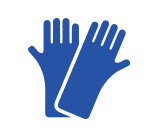
Always wear disposable gloves when cleaning and disinfecting surfaces. Gloves should be discarded after each cleaning. If reusable gloves are used, those gloves should be dedicated for cleaning and disinfection of surfaces for COVID-19 and should not be used for other purposes.
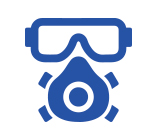
If possible, wear protective eye wear and a mask
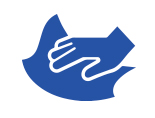
Use clean microfiber cloths. Use a different cloth for each area (kitchen, bathroom, toilet, etc.) DO NOT use the same cloth for different areas. Using different color cloths for each area will help reduce cross-contamination
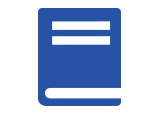
Consult the manufacturer’s instructions for cleaning and disinfection products used
HOW TO ROUTINELY CLEAN & DISINFECT
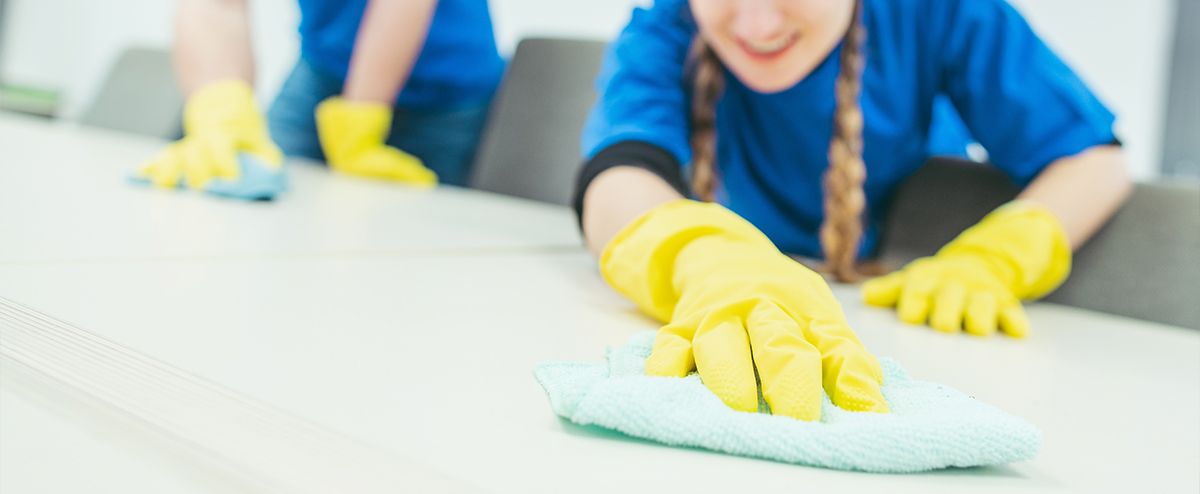
- Dirty surfaces should be cleaned first using soap and water or a suitable cleaner prior to disinfection
- Following cleaning mist-spray the surface with an EPA recommended disinfectant. If possible leave to dry naturally, otherwise, wipe the surface with a clean microfiber cloth
- As well as recommended products, household bleach (at least 1000ppm sodium hypochlorite) is effective as a disinfectant providing that:
- The bleach has not expired
- That the bleach solution is appropriate for the surface being cleaned
- The solution has a contact time of 1 minute or greater
- It is mixed in the following proportions: 5 tablespoons per gallon of water of 4 teaspoons per quart of water
- Launder items as appropriate in accordance with the manufacturer’s instructions. If possible, launder items using the warmest appropriate water setting for the items and dry items completely.
- Alternatively, use products that are EPA-approved for use against the virus and that are suitable for porous surfaces.
- Follow the manufacturer’s instructions for all cleaning and disinfection products.
- Consider use of wipeable covers for electronic items
- If no manufacturer guidance is available, consider the use of alcohol-based wipes or sprays containing at least 70% alcohol to disinfect touch screens. Dry surfaces thoroughly to avoid pooling of liquids.
- Always wear disposable gloves when cleaning and disinfecting surfaces. Gloves should be discarded after each cleaning. If reusable gloves are used, those gloves should be dedicated for cleaning and disinfection of surfaces for COVID-19 and should not be used for other purposes.
- Be sure to wash hands after removing gloves or handling washing.
- If possible, do not shake dirty laundry. This will minimize the possibility of dispersing virus molecules in the air.
- Launder items as appropriate in accordance with the manufacturer’s instructions. If possible, launder items using the warmest appropriate water setting for the items and dry items completely. Dirty laundry from an ill person can be washed with other people’s items.
- Clean and disinfect clothes hampers according to guidance above for surfaces. If possible, consider placing a bag liner that is either disposable (can be thrown away) or can be laundered.

